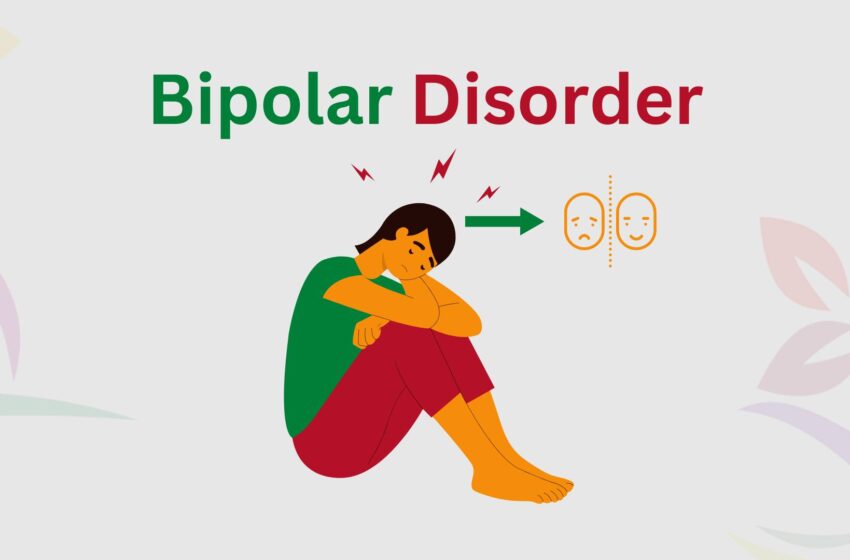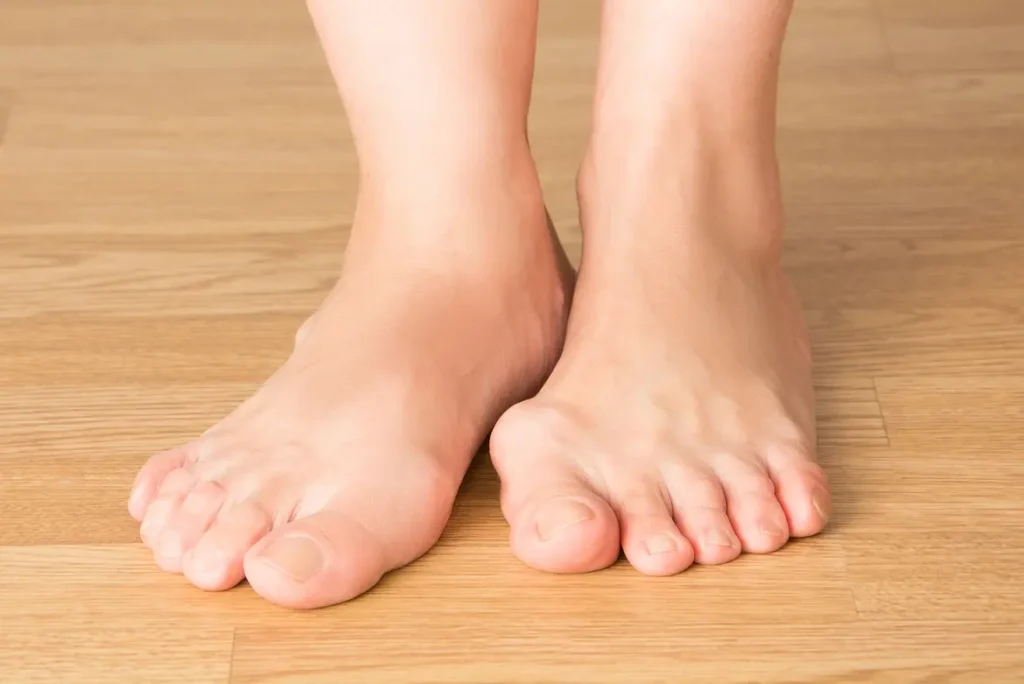Understanding Bipolar Disorder: Symptoms, Causes, and Treatment

bipolar disorder
Bipolar disorder is a complex mental health condition that affects millions of people worldwide. Despite its prevalence, many misconceptions surround it, making it essential to discuss the facts clearly and compassionately. In this article, we’ll explore what bipolar disorder is, its symptoms, causes, and the most effective treatments available.
What Is Bipolar Disorder?
Bipolar disorder, formerly known as manic-depressive illness, is a mental health condition characterized by extreme mood swings. These shifts include emotional highs (mania or hypomania) and lows (depression). The types of bipolar disorder vary in intensity, but all impact daily functioning, relationships, and overall well-being.
The bipolar disorder definition highlights its cyclical nature—periods of elevated energy and activity alternate with episodes of deep sadness or hopelessness. Understanding these fluctuations is key to recognizing and managing the condition.
Signs of Bipolar Disorder
The symptoms of bipolar disorder differ depending on the mood episode. Here’s a breakdown of the most common signs:
Manic or Hypomanic Episodes
-
Excessive energy and restlessness
-
Reduced need for sleep
-
Racing thoughts and rapid speech
-
Impulsive or risky decision-making
-
Extreme optimism or irritability
Depressive Episodes
-
Persistent sadness or hopelessness
-
Loss of interest in activities
-
Fatigue and low energy
-
Difficulty concentrating
-
Changes in appetite or sleep patterns
Some people also experience mixed episodes, where symptoms of mania and depression occur simultaneously.
Bipolar Disorder Symptoms in Females
While bipolar disorder affects both men and women, research suggests some differences in how symptoms present. Bipolar disorder symptoms in females may include:
-
More frequent depressive episodes
-
Rapid cycling (four or more mood episodes in a year)
-
Higher likelihood of comorbid conditions like anxiety or thyroid disease
Women may also experience mood shifts related to hormonal changes, such as during pregnancy or menopause.
What Causes Bipolar Disorder?
The exact causes of bipolar disorder remain unclear, but several factors contribute to its development:
Genetic Factors
One common question is, “Is bipolar disorder genetic?” Studies show that having a close relative with the condition increases risk, suggesting a hereditary component. However, genes alone don’t determine outcomes—environment plays a role too.
Biological and Environmental Triggers
-
Brain chemistry imbalances
-
Chronic stress or trauma
-
Substance misuse
-
Major life changes
Understanding these triggers helps in early intervention and personalized bipolar disorder treatment.
Types of Bipolar Disorder
There are several types of bipolar disorder, each with distinct patterns:
-
Bipolar I Disorder – Defined by at least one manic episode, often followed by depressive episodes.
-
Bipolar II Disorder – Involves hypomania (less severe mania) and major depressive episodes.
-
Cyclothymic Disorder – Milder mood swings that don’t meet full diagnostic criteria but persist for years.
-
Other Specified Bipolar Disorders – Symptoms don’t fit neatly into the above categories but still disrupt life.
The bipolar disorder ICD 10 code (F31) is used by healthcare professionals for diagnosis and billing.
Bipolar Disorder Test and Diagnosis
If you suspect you or a loved one may have this condition, a bipolar disorder test typically involves:
-
A psychiatric evaluation
-
Mood charting to track episodes
-
Medical tests to rule out other conditions
Early diagnosis is crucial for effective bipolar disorder therapies and improved quality of life.
Bipolar Disorder Treatment Options
Managing bipolar disorder usually requires a combination of approaches:
Bipolar Disorder Medication
Common medication for bipolar disorder includes:
-
Mood stabilizers (e.g., lithium)
-
Antipsychotics
-
Antidepressants (used cautiously to avoid triggering mania)
Therapy and Lifestyle Changes
-
Cognitive Behavioral Therapy (CBT)
-
Family-focused therapy
-
Regular exercise and sleep routines
-
Stress management techniques
Support Systems
Building a strong support network—through therapy, support groups, or trusted friends—can make a significant difference.
Living with Bipolar Disorder
While bipolar disorder is a lifelong condition, many people lead fulfilling lives with proper treatment. Staying informed, adhering to bipolar disorder treatments, and maintaining open communication with healthcare providers are essential steps.
If you or someone you know is struggling, seeking professional help is the best course of action. With the right support, managing bipolar disorder symptoms becomes much more achievable.
Would you like more details on any specific aspect of bipolar disorder? Let me know how I can help further.


